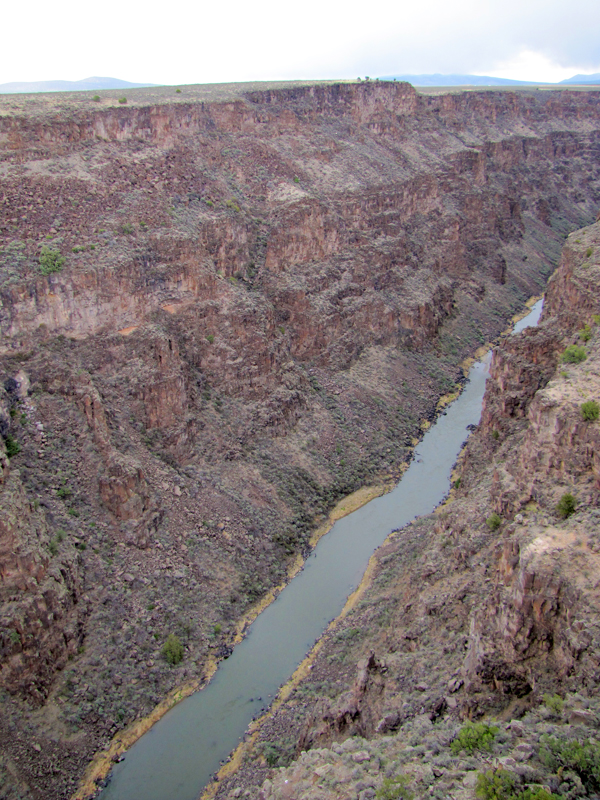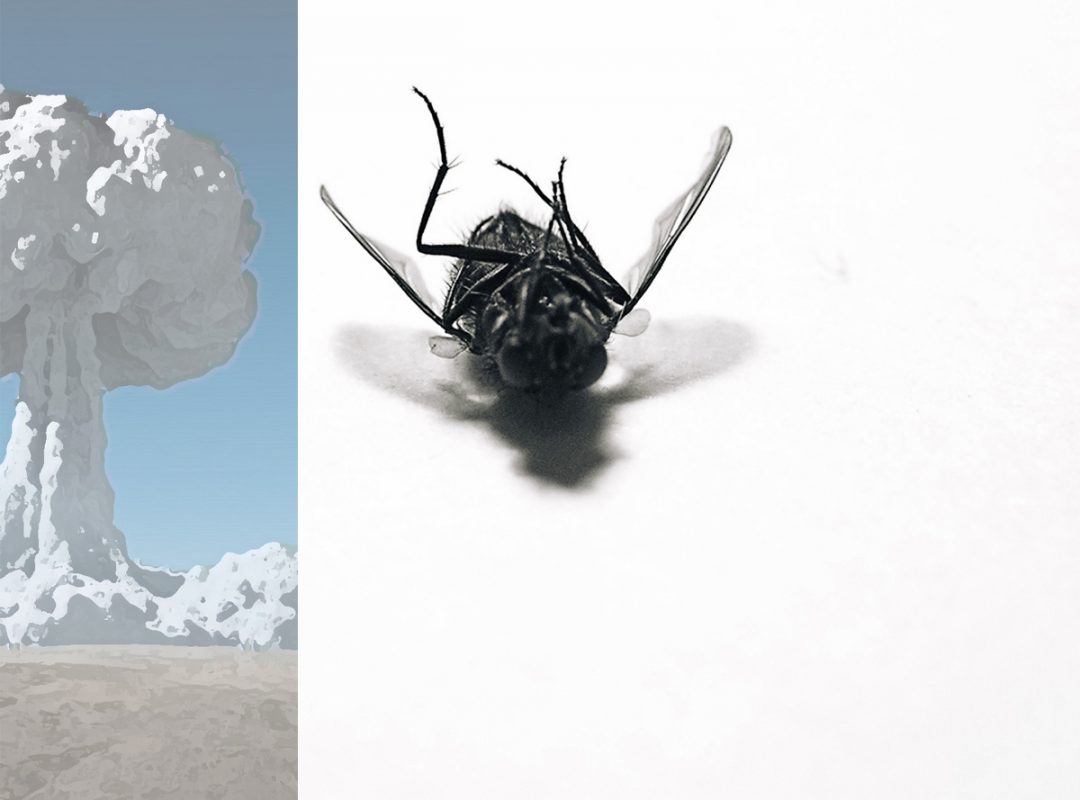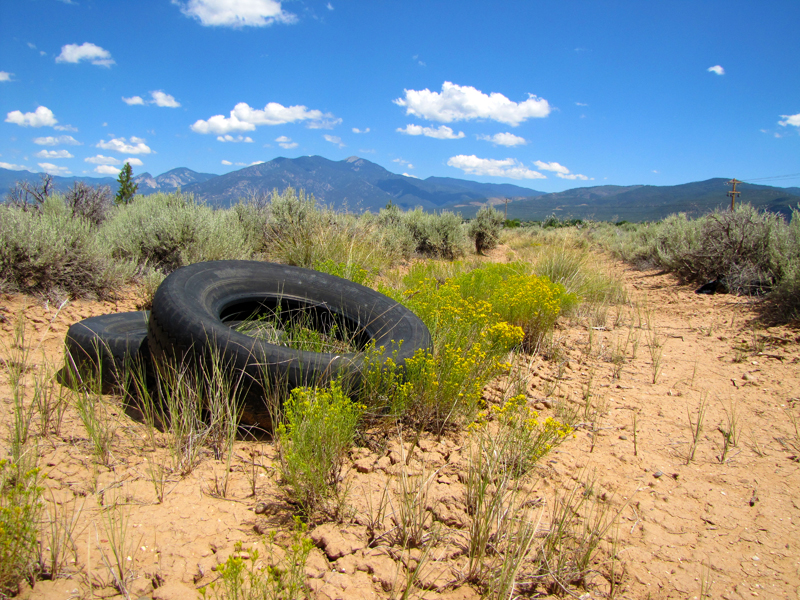I don’t think it should come as any surprise to anybody who has read any of the more mainstream stuff I’ve written in the past 7 years or so that I am deeply enamored of my home state. Being away for 25 years only served to deepen my appreciation for the history and very diverse cultures that make up its centuries old infrastructure. At times, I can almost hear the pages turning. For this writer, there is no greater prompt than total immersion.
In fact, one of my favorite hobbies is road tripping to little known hideaways and peeling back layers with my trusty camera, but there’s always been a fascination for hotbeds of local interest (i.e. tourist destinations), too. Anywhere I can steep myself, albeit briefly, in the lore of the area is prime territory. In the higher traffic areas, amateur tour guides always seem to abound, which makes the acquisition of knowledge that much easier. Got to get the stories, if one truly wants to understand what makes a place tick.

All that said, when an opportunity to spend a few days in Taos, while my partner Donny attended a work conference, I jumped at it. Yes, I have projects pending at home and yes I always have deadlines looming, but I don’t often get the opportunity to roadtrip on somebody else’s dime, so being the good little adventurer I am, I made it happen. No big deal, really. I work from home and between the internet and my fancy new phone, I’m just as connected as I would be back in Las Cruces.
Our haunt for the week was the Sagebrush Inn, which legend tells us was the base of operations for Peter Fonda and his crew while filming Easy Rider. As an amateur filmmaker, too, this was a stroke of luck I wasn’t expecting when we arrived at the rambling pueblo-meets-20th century cowboy aesthetic structure. The field located behind the Inn, I will discover later, was the site of the nighttime camping scenes in the movie. Almost 50 years later and that open tract of scrub brush, rusting cans and broken bottles is still pretty much the same as it would have been during the shoot. Talk about time capsules.

Most of the more interesting tourist locations in Taos are like that. Time capsules, usually denoted by a plaque giving a brief overview of whatever aspect is of historical import. The Inn, like most of Taos, is swimming in local lore. Built in 1929, it has been in continuous operation as a place of lodging for 83 years, except for one brief stint during World War II when it was conscripted to house the Los Alamos Boys School while the town of Los Alamos became the portal to hell, or the birthplace of the atomic bomb, depending on who you ask.
Built in the traditional manner of the area, the main building of the Inn has 24-inch thick adobe walls, high ceilings held aloft by telephone pole thick vigas and the obligatory kiva fireplace. Yeah this place reeks of old world charm. Apparently the Inn was built by the optimistic and highly speculative Helen and Frank Kentnor as a stop for guests travelling via carriage from New York on their way to winter in Arizona. I should point out it doesn’t come as any surprise to me that Arizona has always been a retreat for snowbirds.

In 1974, the Inn was purchased by Kenneth Blair, a European hairdresser and his wife Louise. Still managed by Louise to this day, old Ken still haunts these halls. Oh, he’s still alive, but apparently these days he passes his time as Executive Chef for the hotel restaurant. We ate there one evening during our stay and it wasn’t bad at all. The lamb stew I had was tender and delicious, while Donny’s fish tacos were declared “pretty good,” so the hair chef must be doing something right.
Considering the who’s who of celebrity guests who have visited the Inn, there are others who agree with my assessment. A short list includes authors Thornton Wilder, Aldous Huxley, Edward Abbey and Tony Hillerman, artists R.C. Gorman, whose work can be seen throughout the Inn, and patron muse of the area, Georgia O’Keefe. Beats all snot out of Motel Hell, huh?

While in Taos, I took every opportunity to get out and wander the streets, from the (yawn) Taos Plaza to Kit Carson Park & Cemetery (sounds like a setting for a Neil Gaiman story, doesn’t it?). Which is a historical digression just waiting to happen.
To begin with, Kit Carson is more than a mere legend in these parts, he’s the granddaddy of legends. Parks, streets, buildings, museums, shops and even the nearby national forest are named after him. In fact, so popular is this famed frontiersman it’s a wonder the name of the town wasn’t changed to something more in keeping with the abject adoration of the man, like Kitsville or, heavens forfend, yet another Carson City.

But Taos it remains and that’s probably for the best, considering what a complete dickhead the man really was. His memoirs are riddled with racist hate speech and congratulatory back patting for all the “redskins” – including women and children – he massacred during his many campaigns. The crusade against the Navajo in particular was brutal, with Carson invading and ransacking the sacred Canyon de Chelly sanctuary, which resulted in what those native peoples very reverently refer to as “the Long Walk.”
This is the kind of stuff that should be taught in school. It’s always surprising to me how many people outside of New Mexico or Arizona are unaware of the facts. There’s a reason for that, of course. The stories of heroic exploits while battling villainous savages got their start in the dime novels of the day and from there were projected straight into the history books. Kind of makes you want to question everything we’ve ever been taught about the history of this (once) great country, doesn’t it?

Historic whitewashing aside, Carson’s is a fascinating story, but one has to wonder at the gall of settlers to this area celebrating a figure who brought so much death, destruction and misery to the natives of the area. Apparently some have taken notice, because I learned of a movement to have the Kit Carson Memorial Park & Cemetery’s name changed.
Having grown up in the southwest, where characters like Carson and Billy the Kid are regarded with pride and the birth of the atomic age still glistens with retro-futuristic fascination, I’m not often surprised to find out the “real” story behind local legends. Like most New Mexicans, all I really do is shrug, smile crookedly and say something helpful like, “Things were different back then…”
There are a lot of things to see and do in and around Taos, including the Taos Ski Valley, the town of Arroyo Seco and, of course, the famed Taos Pueblo. Being a tourist town, however, Taos also seems to consist primarily of overpriced boutiques, trendy restaurants and those omnipresent art galleries. Row upon row of niche shops so specialized it’s never surprising to find only a dozen items being offered and those, more often than not, “themed” after a certain local “artiste” or “colony.”

Wander around enough, however, and you will find the gems, such as Brodsky Bookshop, where I instantly felt at home, despite the loquacious and enormously opinionated proprietor Rick Smith, a fixture in the town. I love old-fashioned bookstores, with their second hand tomes, stacks of magazines dating back to the Pleistocene and the detritus of the ages cluttering every inch of wallspace.
I lose time in those places. I get sucked into an alternate dimension where dusty voices fill the air and treasures can be found in dark corners and under tables weighted down by the pages of the ages. If that means having to listen to a lecture on the state of the education system in this country, well, I guess it’s worth the aggravation.

I’m also quite partial to the Alley Cantina, located in what is considered the oldest building in Taos and haunted to boot! I didn’t know that the first time we stumbled into this establishment, but once I found out, I liked it even more. It’s the history again. I love history. The food is pretty good, too, and the beer selection is wider than one might expect from what is technically a dive bar frequented by locals. I’m probably going to take a lot of flak for calling it that, but please understand I actually LIKE dive bars frequented by locals. I actively seek them out while in steeping mode. And I ask for the stories.
Which is how I know that the original building dates back to the 16th Century when it was constructed by the Pueblo Indians and served as an outpost along the Chihuahua trail. It’s pretty safe to say that building has seen its fair share of changes. At one time it was partially destroyed by raiding Apaches, only to be rebuilt by the Spanish, who housed their government offices in the building from the 17th to the 19th centuries. It was also the office of Charles Bent, the first U.S. Territorial Governor of Taos, who was assassinated in 1847 and whose daughter Teresina is said to be the resident spook. How cool is that?

And, finally, a visit to Taos wouldn’t be complete without a visit to Rio Grande Gorge, which I’ve been told has doubled for the Grande Canyon in some ultra low-budget motion pictures not much interested in authenticity. I’m not sure what it is about bridges traversing cavernous canyons that is such a turn on for people, but in this state, the Gorge is a must-see. The nice thing is, once you’ve seen it, you don’t ever need to see it again. Just check it off the bucket list and scoot across to the other side for a real treat.

That would be the Earthship colony. No, I did not make that up. The Earthship colony is where extreme environmentalism and atomic age art aesthetics come together in a trippy, organic commune where anything and everything you can possibly think of – old tires, beer and wine bottles, plastic containers – is recycled into something useful. Like building materials used to fashion homes right out of a vintage Roger Dean album cover. They even have nightly rentals available, for those who want to find out what it’s really like to live like a post-apocalyptic hobbit.

The place to start is the Visitor Center located at the Earthship Biotecture Greater World Community just a mile and a half past the Gorge Bridge. A self-guided tour is only $7 and is definitely worth the money if only because it offers the opportunity to wander hallways and dip into rooms of surreal, environmentally-sustainable beauty. Much like Arcosanti in the Arizona desert, wandering the grounds of the Earthship Biotecture is a bit like finding oneself in the pages of a novel set after the fall of civilization. Fodder for the imagination is never something to sneeze at.

And all that is just for starters. It’s a lot to see in three days and yet it really only scratches the surface of the area. A place like Taos requires multiple visits and plans to explore the outlying areas surrounding the town. History abounds in this part of the country, but it’s not necessarily the kind of history you get in school textbooks. It’s a history steeped in forgotten hardships, heroic deeds, multi-cultural clashes and old world mysticism.

It’s the kind of material that could fill volumes, if anybody ever got around to writing it all down. Some of it is already out there, but there’s always so much more waiting to be discovered, if you just take the time to steep.

